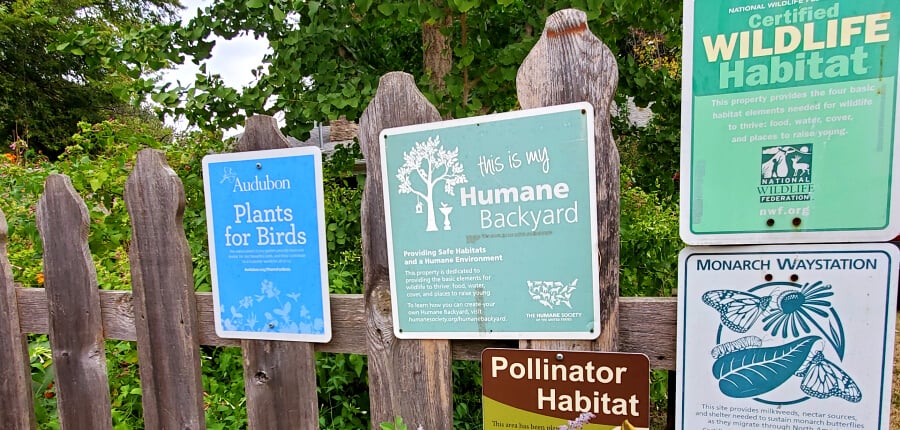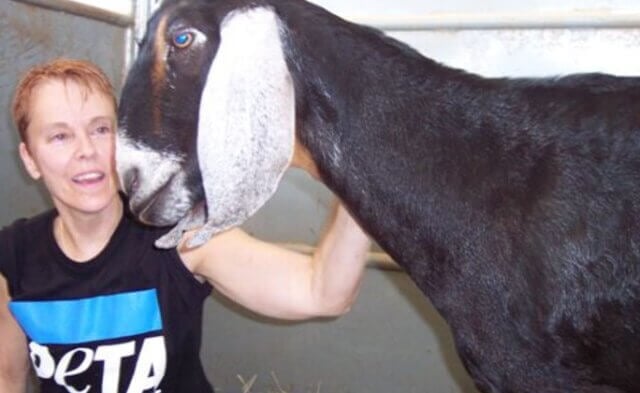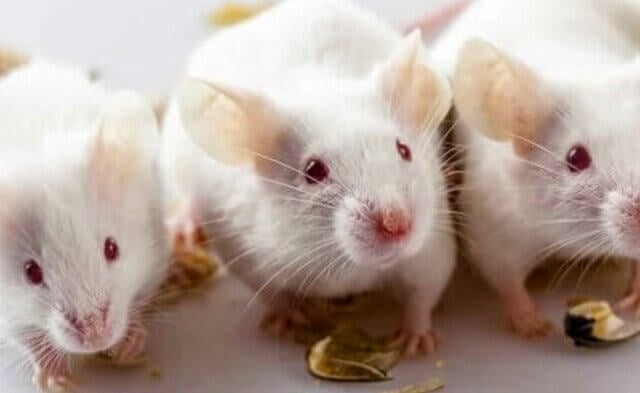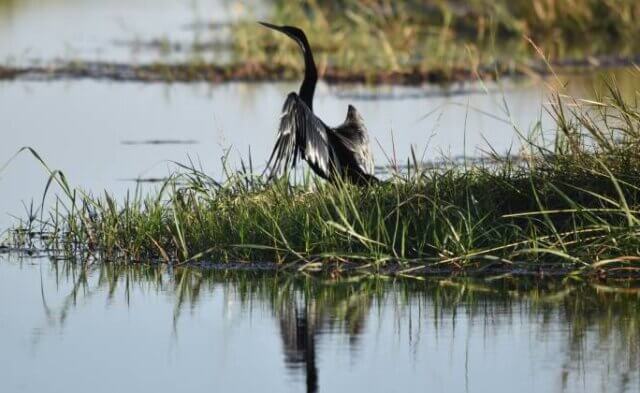Have you ever thought to yourself, “I would love to make a wildlife garden, but I don’t know anything about plants”?
As a master gardener, I’ll share a secret with you: Nature grows the plants for you! You don’t have to do anything but plunk the plant into the dirt and water it when rain is scarce—nature does the rest. Of course, gardening can be as time-consuming, difficult, expensive, and physically intensive as you’d like it to be. But if you can sprinkle seeds in a pot, water them, and clip chives for your baked potatoes, you’re as much of a gardener as I am!
However, it’s important to note that failure is guaranteed, because plants will die from sickness, insects, weather damage, and even old age. Expect plants also to die from being overwatered, under-watered, overexposed to sun or from not receiving enough sun. Don’t be discouraged—you’ll gain experience, and it means that you’re on the right track. But you may need to choose a different plant. Don’t blame yourself. Every sunrise is a new beginning, and spring comes every year!
So now you’re ready to put something pretty in the ground to benefit the wildlife around you—where do you begin? Start with something that you like. I’m a wild, whimsical gardener, so some of my favorites are bat face cuphea, sweet woodruff, ornamental oregano (not edible for humans but adored by bees), black-eyed Susan climbing vines, and tithonia (aka “Mexican sunflower”). Your favorites may be peonies, roses, zinnias, honeysuckle, or even an herb like lavender—it doesn’t matter which, just start with one. Your smallest effort to restore the tiniest wildlife habitat will be tremendously and immediately rewarded.
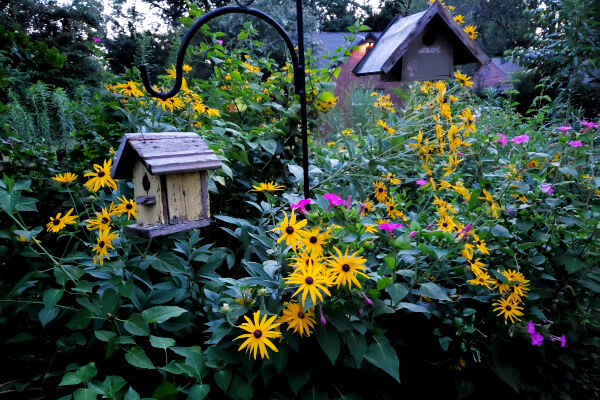
Wildlife gardens can take any shape, size, or composition and can flourish in all climates. Plants that will thrive in your specific weather conditions and area of the country will vary. Look for plants that are native to your area, as they are more likely to grow well and will offer the greatest benefits to animals in your region. Many online nurseries have lists of wild plants that grow in your environment. I’ve listed a few of my go-to sites below (but don’t forget to shop locally when you can):
After selecting your first plant, all you’ll need to begin is bagged potting soil (don’t use yard dirt) and a hanging basket, a window box, or even just a sunny spot in your lawn. If you’re planting directly into the soil (as opposed to in a pot or other container), dig a hole for your new plant, drop it in, secure the soil around the root ball, and water very deeply.
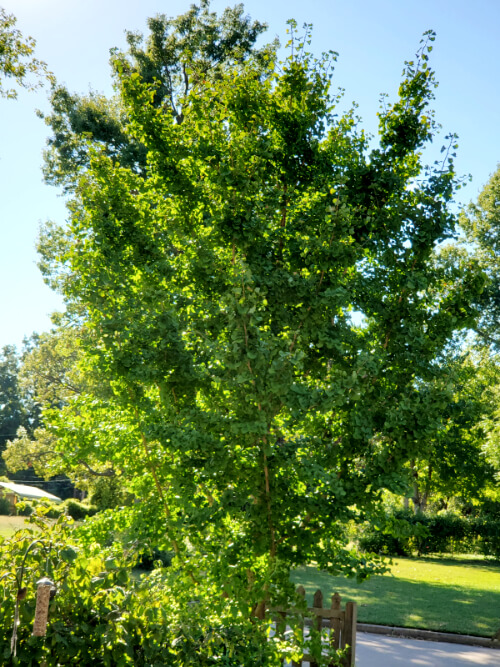
To have an effective wildlife garden, you must establish four things: food, water, shelter, and the absence of poisons and toxins.
- The food is provided by the plants you choose, as the flowers will be nectar-bearing or the plant will produce berries or other fruits. Although blossoms of any color will work for wildlife, butterflies are particularly attracted to purple and hummingbirds are attracted to red, and both love flowers that are tubular in shape—such as honeysuckle, nicotiana, four o’clock, and salvia—as they can easily access the nectar.
- Water sources could include a pond, bubbler, birdbath, or plate of rocks filled with water. Butterflies and bees must have water, but they’re both susceptible to drowning. I fill a birdbath with marbles and put water in halfway deep so that the insects won’t drown. I also have a birdbath placed on the ground for mammals such as raccoons, opossums, rats, and mice and a conventional birdbath raised off the ground, safe from predators, for birds. Hummingbirds love a misted water spray, so if you can eventually add a solar fountain with a spray, birds will enchant you with nonstop bathing. My in-ground bubbler attracts a lot of frogs, dragonflies, damselflies, beneficial wasps, and other visitors. Stagnant water attracts mosquitoes, so if you can obtain a solar birdbath “wiggler,” it will keep breeding mosquitoes away. Regular cleaning is also necessary and will help prevent mosquitoes, too.
- Shelter could be a thorn-bearing shrub, birdhouse, or pile of brush, which may be somewhat unsightly, but you could disguise it by growing a vine over it like autumn-blooming clematis or morning glory (both very pretty but invasive) or by placing a decorative screen around it. Although a pile of branches may not look attractive, it will serve as vital shelter for many species.
- With regard to poisons and toxins, don’t use anything in your garden that would be dangerous to children, yourself, or anyone else. If your garden is in balance, you won’t need pesticides. Let nature take care of your garden, and if you must intercede, there are many natural alternatives like those identified in Jerry Baker’s Giant Book of Garden Solutions. It’s also important to keep in mind that your invitation to wildlife will be extended to all types and species, including snakes and spiders. Everyone needs a home. All species are beneficial, with a legitimate place in nature, and they will appear in safe and welcoming conditions.
If you’re like me and your passion extends from gardening to reading, consider installing a Little Free Library (LFL) near your yard.
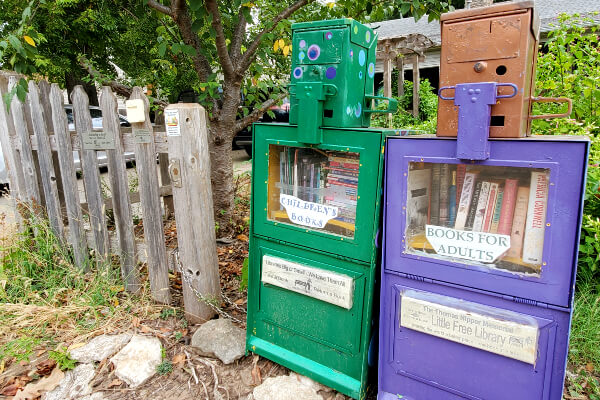
I had the first LFL and monarch way station in Tulsa, Oklahoma, and many visitors stop by with praise and questions. (Be prepared for admiration of your garden, too!) You can fill your library economically with free literature from PETA, animal rights books such as Free the Animals, and purchases from online used bookstores like Books by the Foot.
Good luck, and have fun in the garden!
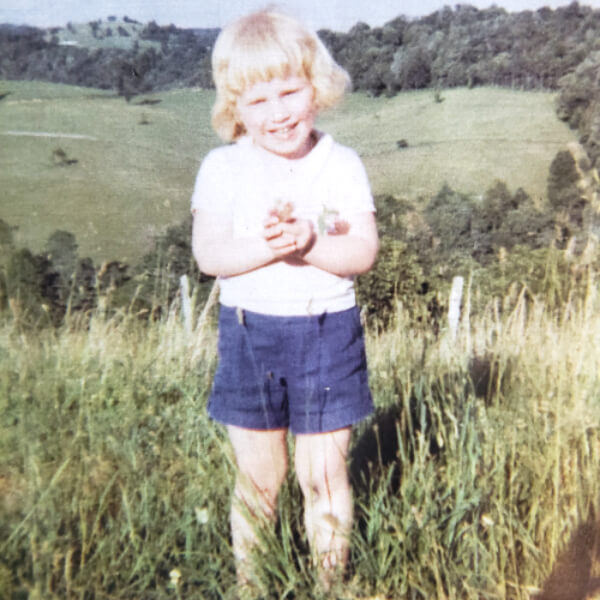
Clara Nipper started her long career as a wildlife gardener when she was a child and the toads she had collected refused to live in her dollhouse, preferring the raw wilderness. She realized then that she should be creating habitats that the animals actually want to live in. If you have any wildlife gardening questions, feel free to e-mail her here.

